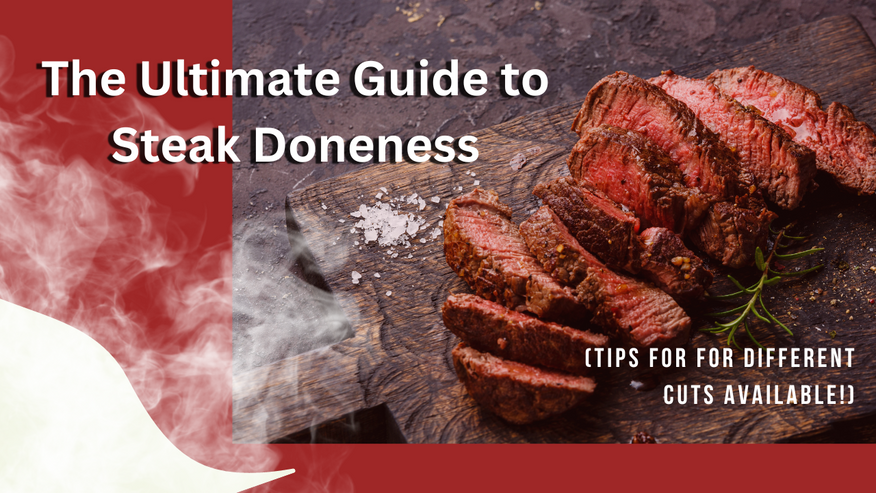Apr 4th 2023 - Team
The Ultimate Guide to Steak Doneness
The perfect delicious steak should be juicy, tender, and full of flavor. Are you ready to master the art of steak doneness? This ultimate guide to steak doneness levels will provide all the tips and tricks for creating a delicious steak meal. So fire up that grill and let's get cooking!
The Ultimate Guide to Steak Doneness
Before we move to the juicy and meaty part of the guide, let's first define what doneness is. The degree of doneness is the degree to which a steak is cooked.
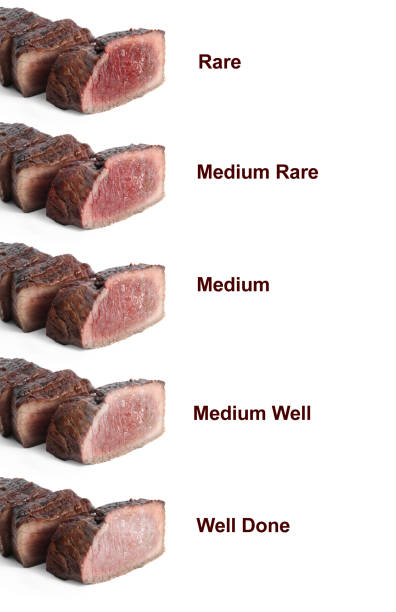
It refers to the internal temperature of the steak, as well as its visual appearance and texture. The most common levels include rare, medium-rare, medium, medium-well, and well-done. Rare steaks are lightly seared with a deep pink center; whereas well-done steaks have an even brown color throughout and lack any pinkness in the middle.
Degrees of Doneness
The five most common degrees of doneness are rare, medium-rare, medium, medium-well, and well-done. The degree of doneness is determined by the internal temperature of the steak as well as its visual appearance and texture.
Rare
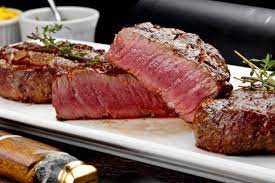
Rare steaks have a lightly seared exterior with a deep pink center. Rare steaks are cooked quickly at high heat and appear dark red on the inside with no pink. Add your flavorings such as kosher salt, cayenne pepper, etc. to achieve a rare steak, the internal temperature should be between 115 and 125°F.
This level of doneness is ideal for cuts of beef such as strip steaks, skirt steaks, flank steaks, and other flavorful cuts of meat. Achieving a rare steak requires that you use a thermometer to monitor the target temperature and remove it from the heat when it reaches 115-125°F.
Once removed from the heat source, let your steak rest for 5-10 minutes before serving to allow for carry-over cooking. During this time, its internal temperature will rise another 5-10 degrees ensuring that you have a perfect rare center with no trace of pink.
Blue Steak
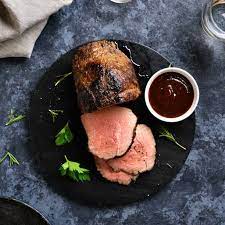 Blue steak, also known as blue rare steak, is a unique take on classic steak. This French-inspired dish involves searing the outside of the steak to get a yummy flavor and a purplish-red center. The inside remains raw, but slightly elevated in temperature.
Blue steak, also known as blue rare steak, is a unique take on classic steak. This French-inspired dish involves searing the outside of the steak to get a yummy flavor and a purplish-red center. The inside remains raw, but slightly elevated in temperature.
To cook blue steak, you should aim for an internal temperature of 108℉. For a perfectly cooked blue steak, use a meat thermometer to check for accurate temperatures and let it rest before serving. Blue steaks have become increasingly popular due to their unique flavor and texture - they're sure to be a hit at your next dinner party!
Medium-rare
Medium-rare steaks are cooked at moderate heat, allowing the steak to develop a light pink center. To achieve medium-rare doneness, the internal temperature should be between 125 and 130°F. This type of doneness is ideal for cuts of beef such as ribeye, sirloin, tenderloin, and other flavorful cuts of meat.
Medium rare steak is the golden standard for steak lovers. Achieving this level of doneness requires careful attention to the cooking time and temperature to get the center of a warm red color that fades to dark pink on the outer edges.
To get it just right, pat your steaks dry to remove excess moisture with paper towels before cooking them over high heat. Depending on the thickness of your steak, it should only need 3-6 minutes per side for a medium-rare finish. When you hit your target temperature of 125℉, take your steak off the heat and enjoy!
Medium
A medium steak is a great option for those who prefer to have some pink in the center, but not too much and don't forget to maximize flavors with kosher salt, herbs, etc. This doneness level is light pink around the edges of the steak's center and should reach an internal temperature of 135℉.
To achieve this level of doneness, pat your steaks dry with paper towels before cooking them over high heat. Depending on the thickness of your steak, 3-6 minutes per side should be enough time to get it just right. Medium steak is a popular choice that brings out the flavor without all of the juices running out when you bite into it.
Medium-well
Medium-well steaks are cooked at a higher heat than medium-rare, allowing the steak to develop a light brown center. To achieve medium-well doneness, the internal temperature should be between 140 and 150°F. This type of doneness is ideal for cuts of beef that require more cooking time such as strip steaks, skirt steaks, flank steaks, or any piece of meat with tougher connective tissue.
Medium Well steak is the perfect doneness for those who want some pink in the center, but not too much. It should be cooked to an internal temperature of 145℉ and has very little pink color on the outer edges of the meat. To achieve this level, start by patting your steaks dry with paper towels and then cook over high heat for 4-7 minutes per side.
Once it reaches the target temperature of 145℉, take your steak off the heat and let it rest for a few minutes before serving. This doneness is great if you want to enjoy flavorful steak without all of the juices running out when you bite into it. Medium-good steak also has a nice texture that can be enjoyed by all.
Well-done
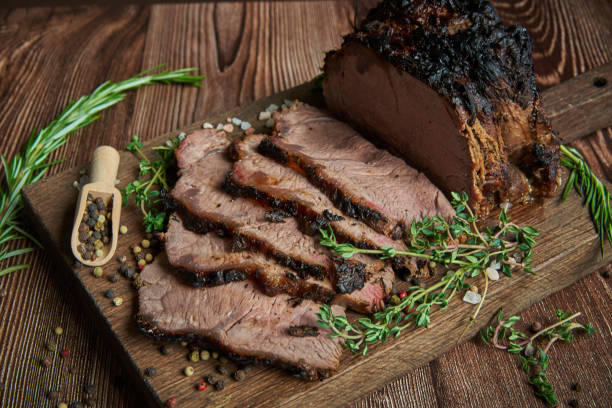
Well-done steaks have an even brown color throughout and lack any pinkness in the middle. Well Done steak is the level of doneness for those who prefer their steak cooked all the way through, with little to no pink in the center.
To achieve this level of doneness, start by patting your steaks dry and then cook over high heat for about 7-10 minutes per side. Once it reaches an internal temperature of 155℉ take it off the heat and let it rest for a few minutes before serving. Well-done steaks are perfect for those who want to enjoy a flavorful steak without any juices running out when they bite into it.
The texture can be a bit chewy, as overcooking can lead to dry meat, but if you’re careful, you’ll end up with a delicious piece of beef that is brown throughout.
Factors That Affect Doneness
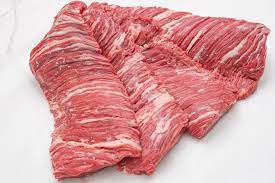
Cooking steak to the perfect level of doneness involves more than just an accurate cooking time and temperature. Here are some factors affecting the doneness include:
- Type of steak, cut of meat, and pre-cooking preparation can all affect how your steak turns out.
- For example, marinades can help tenderize tougher cuts or enhance the flavor profile of a particular cut. Additionally, thicker cuts require a longer cooking time in order to achieve the desired level of doneness.
- Finally, for maximum flavor and to get the perfect steak, it’s important to pat dry steaks with paper towels before cooking. This allows for better browning and creates a flavorful crust on the outside.
Cuts of Beef Suitable for Grilling or Pan Frying
When it comes to grilling or pan-frying steaks, certain cuts of beef are more suited for these cooking methods than others. For grilling, opt for thicker bone-in cuts such as Porterhouse, T-bone, and Ribeye steaks. These cuts can handle the high heat of a grill and hold up well when cooked to your desired doneness.
Strip Steaks
The strip steak is cut from the cow, specifically, the beef steak from the short loin of a cow. For at least an. hour, you may begin by marinating the steak in a mixture of oil, garlic, kosher salt, and herbs. This will help tenderize the meat and add an amazing flavor every single time.
After marinating, season the steak with salt and pepper before cooking. When it comes time to cook your steak, preheat your grill or pan to medium-high heat. Make sure you use a meat thermometer to check for temperature accuracy!
Fun fact: A coal-fired grill is better than a gas grill to bring out the smoky flavor of the steak.
Skirt Steak
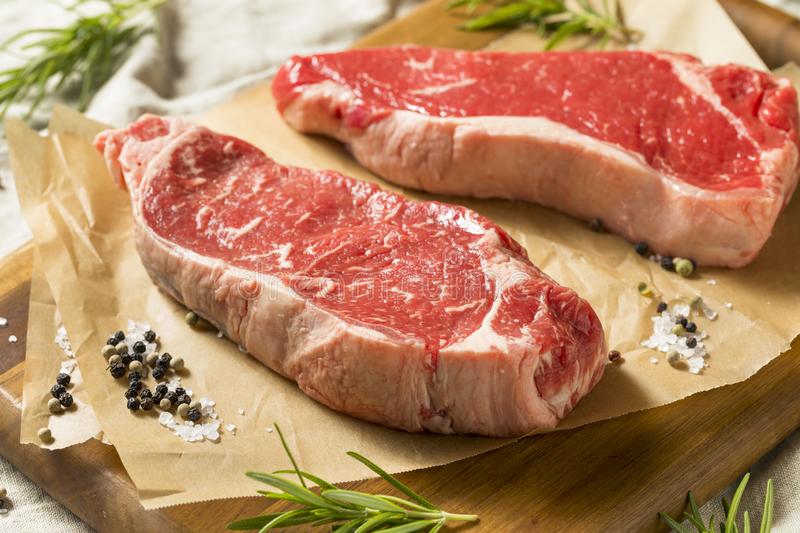
Skirt steak is a tender and beefy flavor that's perfect for grilling or pan-searing. It's important to note that skirt steak has a lot of connective tissue, so it should be cooked quickly over high heat and then served immediately after cooking. When cooking skirt steak, preheat your grill or pan to medium-high heat.
Something that you might not know is that the skirt cut comes from the diaphragm muscle and to bring out the best of meat in terms of flavor, it is best served rare or medium-rare with a light pink center in order to keep them juicy and tender.
Flank Steaks
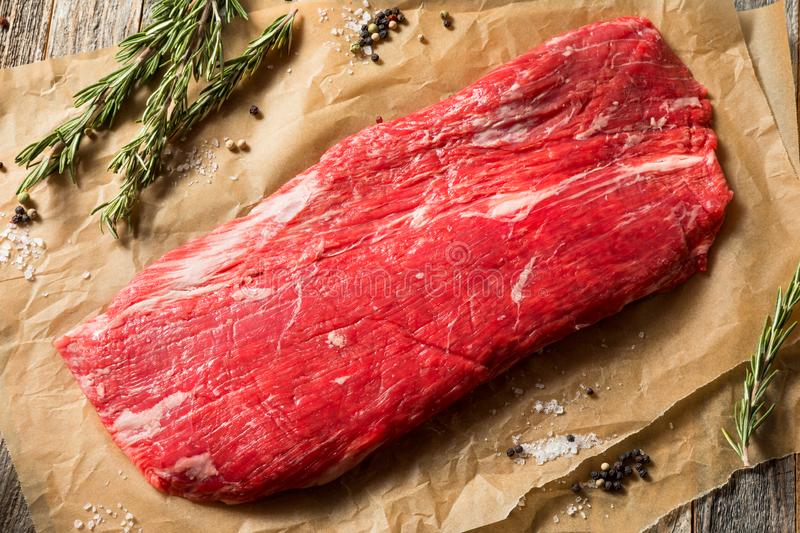
Flank steak is a lean, flavorful cut of beef that's perfect for grilling or pan-searing. This is the most chosen cut when it comes to being cut against the grain because of the obvious muscle fibers. It's important to note that flank steak has a lot of connective tissue, so it should be cooked quickly over high heat and then served immediately after cooking. When preparing your steak, preheat your grill or pan to medium-high heat.
Tips For Delicious and Flavorful steak Every Time
- Start by selecting the right cut of meat - strip steaks, skirt steaks, or flank steaks are great choices for flavor, and tenderness. Also, choose meat with plenty of marbling and dry-aged beef if you enjoy the funky flavor of dry-aged meat.
- Fun fact: There are now health studies that are coming up that grass-fed beef is currently healthier and has a gamier flavor.
- Don't be scared to take the extra time to season your steak generously with kosher salt, pepper flakes, and black pepper before cooking. This will help give it some extra flavor.
- For cooked meat, use medium heat and turn it frequently so that it cooks evenly without burning. Also, use a thermometer to check the correct temperature of the steak and take it off the heat as soon as it reaches your desired doneness level to avoid overcooked meat.
- Be weary of the heat to about dangerous bacteria from being introduced to your steak.
- The rest period is important! let the meat rest before cutting into it so that all of its delicious juices remain in the steak instead of running out onto your plate.
Cooking steak to the desired level of doneness doesn't have to be intimidating. Hopefully, in this Ultimate Guide to Steak Doneness, you learned how to perfectly cook any cut of beef and achieve ideal doneness no matter the cooking method.

